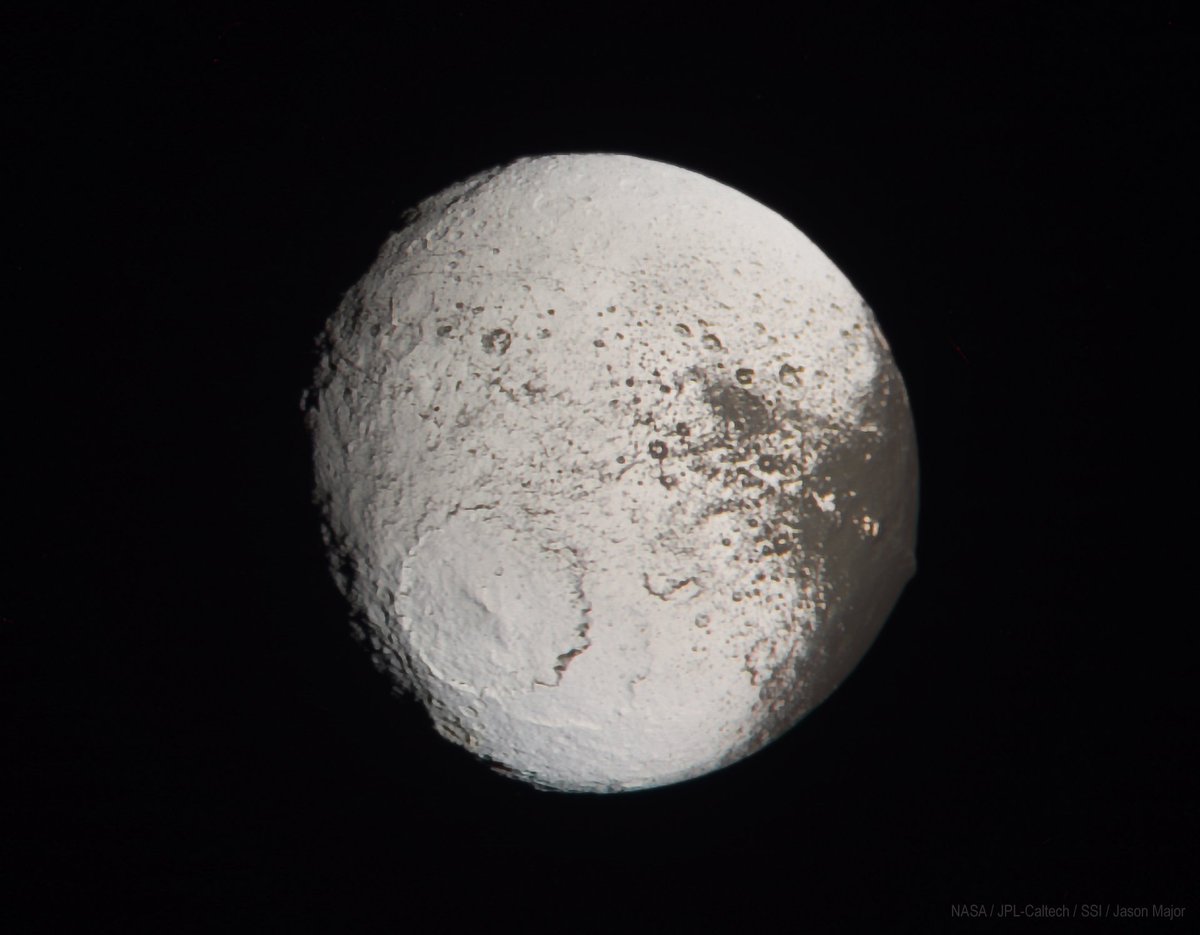
When you look up at the Moon (today is a full Moon, like the one here from Nov. 29) you can think about the comparative sizes of the moons on Mars, which are much smaller but orbit much closer. These are how Phobos and Deimos would look from Mars' surface, compared to our Moon. 





Earth's Moon is 2,158 miles / 3,473 km wide and around 238,000 miles / 383,000 km away.
Phobos is only 16.7 miles / 27 km wide but also only 3,721 miles / 5,989 km away from Mars.
Deimos is 15 km / 9.3 miles at its widest and orbits Mars 14,580 / 23,460 km away.
Phobos is only 16.7 miles / 27 km wide but also only 3,721 miles / 5,989 km away from Mars.
Deimos is 15 km / 9.3 miles at its widest and orbits Mars 14,580 / 23,460 km away.
Here are all of them in one image. (I used this NASA Photojournal article for the reference photojournal.jpl.nasa.gov/beta/catalog/P…) Obviously lighting angles are different here on each and it's not an accurate representation of comparative brightnesses. 

While it takes the Moon 27.3 days to complete one full orbit around Earth, Mars' moons travel much quicker: Deimos orbits Mars once every 30.3 hours, and Phobos completes one orbit in just 7 hours and 39 minutes!
Phobos orbits Mars so quickly that it's faster than the planet's rotation, making it rise in the west and move across the Martian sky to set in the east twice a day. But that's relative to location on Mars—its altitude is so low it can't even be seen from high polar latitudes.
Deimos, on the other hand, orbits very close to the rotational period of Mars (about 6 hours quicker) so it takes it about 2 1/2 days to cross the sky, moving east to west, and then isn't visible at all for another 2 1/2 days.
• • •
Missing some Tweet in this thread? You can try to
force a refresh





